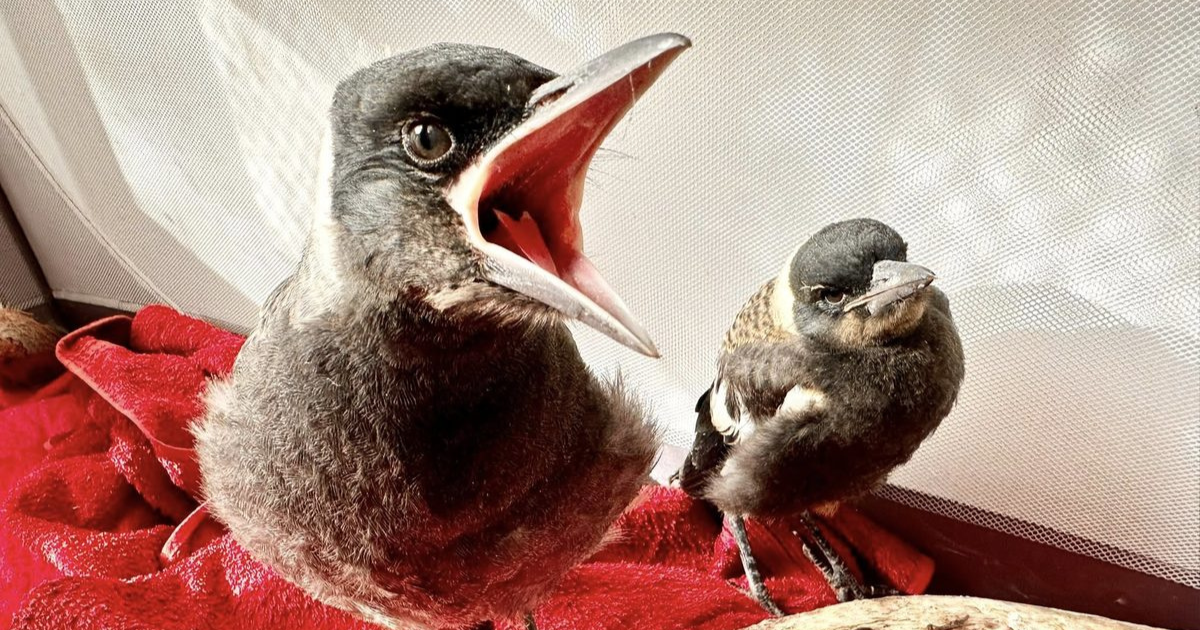La Niña produces bumper bug season

Biologist Peter Crowcroft with one of the many dragonflies that have appeared in above-average numbers on the coast this summer. Photos: SUPPLIED
A SURF Coast biologist has confirmed what many in the region have been noticing: it has been a bumper season for the proliferation of insects.
Peter Crowcroft said the third consecutive year of a La Niña weather pattern that typically brought above-average rainfall was largely behind the phenomena that rivals any other he had witnessed.
“The writing was on the wall early on, because there’d been a couple of good seasons with rain from La Niña…and with all the flooding, the vegetation growth has been amazing.”
Among his observations were a mass dragonfly emergence event on December 27 that stretched for more 15 kilometres east of Moggs Creek, which he said was stimulated by a heatwave that day.

“The sky was filled all the way through Aireys Inlet, through Anglesea; it was amazing. The sky was really thick with dragonflies – they’d probably been feeding on mosquitoes, but mating as well.
“It was one of those rare occasions where you can be surrounded by an abundance of wildlife, a story that’s becoming a little less common these days.
“There was one earlier in December, maybe two or three weeks before when we had the other heatwave, but it was eclipsed by the next one.”
Mr Crowcroft has also observed high numbers of black cicadas that similarly spawned with the warm weather, and identified moth species from the northern coast that until recently had not been recorded in the region. He is one of two keen insect observers in Anglesea to have seen more than 500 different types of moth in the town, “especially since 2020”, that he had photographed and documented online as a citizen science project.

“The frogs are having an absolute bumper year as well, all around Anglesea… interestingly, the biting thrips that we’ve seen in previous years don’t seem to be around.
“It (the weather) hasn’t lined up as perfectly for butterflies but they’re still around and this season is the best chance you’ll have spotting as many different ones as you can. “It might never be this good again, in terms of biodiversity abundance, because the general trend is toward drought and rising temperature and conditions which are going to be unfavourable.
“I’ve tried to make the absolute most of it, travelling around Australia taking photos because we might not see conditions like this for years, or ever, really.”
Mr Crowcroft ticked off another butterfly species on his wish list when he photographed a red-spotted Jezebel at Moggs Creek in late December.

















